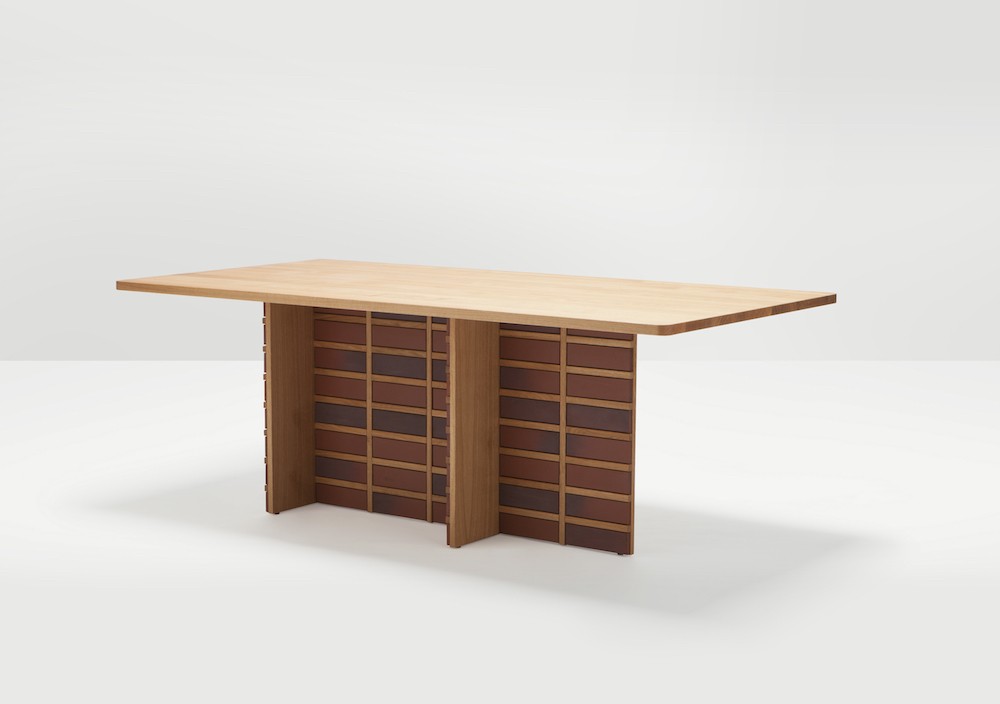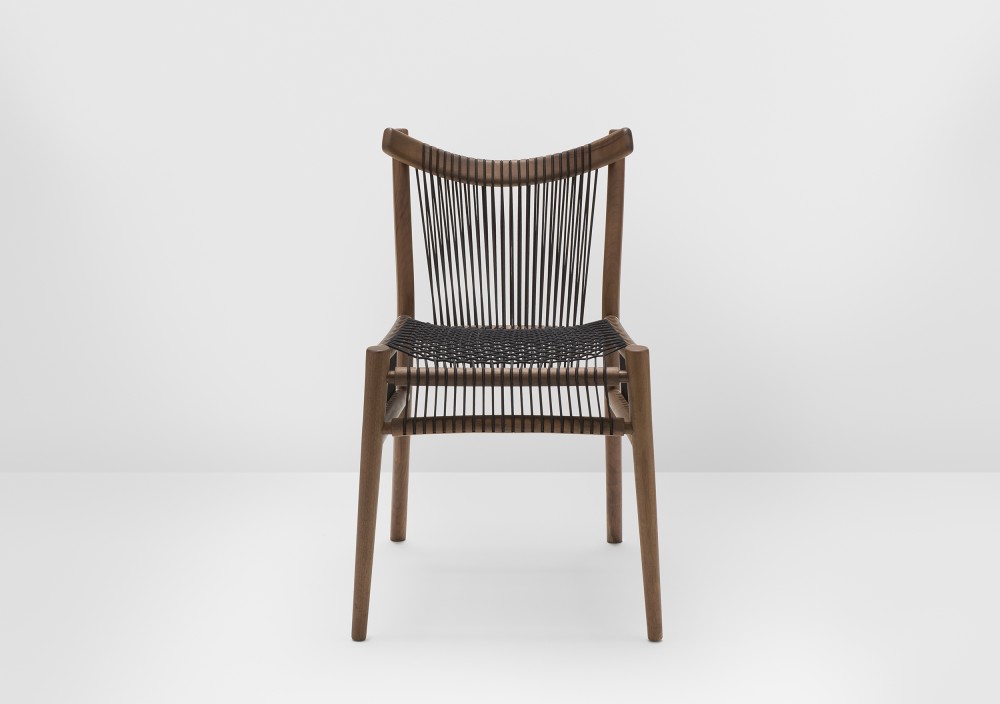H Furniture is a London based company whose roots lie in Mexico. The founder of the company is Alejandro Villareal who runs a multi-disciplined design studio, Hierve, he established in Mexico City in 1999. Furniture is just part of the studios output with their body of work ranging across the fields of architecture, graphic and product design.
The brands distribution base may be in Stoke Newington in London's north but it remains strongly connected to Mexico and that region's love of solid timber. The name H Furniture is just a simple abbreviation of 'Hierve', which means boiling liquid in Spanish. The studio name was chosen in reference to the percolation of ideas and the fluidity of the design process.
In 2012 the studio had one of their designs (a collection of glass and timber cabinets called Vitrina) produced by UK furniture company Case and things moved on very swiftly from there. By January 2014, H Furniture were ready to show their first collection at IMM Cologne and it has continued to show regularly at other design fairs inclusding as London Design Week, ICFF and Salone del Mobile ever since.
Now with manufacturing in Slovenia, H Furniture is dedicated to providing beautifully made solid timber furniture at prices that are as reasonable as possible. The brand uses computer controlled equipment on a large number of the pieces for improved efficiency but insists on finishing everything by hand. The material palette revolves a round oak ash and walnut but is enlivened by colourful lacquers and fabrics.
While most of the collection is designed in house by Hierve studio, there are a couple of products designed by others including German designers Jessica Nebel and Tino Seubert. Nebel's design uses leather belts to support shelves on a ladder-like shelving system and as both support and coat hanger loop on the hanging wardrobe. Solid timber remains the key component of the range but this is accessorised by coloured metals in the case of Seubert's 'Barrel trays' and woven cords on the brands signature 'Loop' chair.
The surprise material within the H Furniture collection is brick. Not normally associated with fine furniture, the Brick collection features slivers of the material applied to timber to give colour variation and a textural contrast. The range includes a bench, several variations of table, a sideboard and a stool.
The Oaxaca area in Mexico seems connected with Furniture in a number of ways. Not only is it the place where the Hierve el Agua rock formations are found (this natural phenomenon appears to be a waterfall in the middle of very arid landscape but is actually a massive calcium build up from underground springs that falls over a cliff face) but one of the brand's most well known designs, the 'Loom' chair was inspired by a belt-making machine discovered in Oaxaca City.
The chair uses intricately woven elastic polyester cord for the seat and back which provides a highly graphic look, like a 3-D form of string art. While the woven element provides the chair's point of difference it also serves a real function too, providing excellent seating comfort.
“We love solid wood and the sense of warmth it brings. But we also enjoy compelling juxtapositions with other premium, natural materials. We choose materials for their beauty, purity, honesty and sustainability”. H Furniture
The 'Basic shelving system' is a stacking design with metal connectors and book supports. The finishes and materials can be mixed to achieve different effects as seen below where a walnut section and black stained section are randomly set among the remaining oak components.
While furniture pieces remain the mainstay of the business, the brand has a small number of accessories in their collection, ranging from the 'Ring cutting boards' shown below, to mirrors and drink trays.
The company works predominantly in solid timber and so the look of their case goods (sideboards etc) steer clear of the homogenous look found in large veneered surfaces. The irregularities found in solid timber boards add a lovely natural element to the designs. Shown below is the 'Corner' sideboard in walnut. The facetted geometric form gives the impression of being cut from a solid block.
The 'WW chair' below, takes the classic Windsor chair form of a spindle back and solid carved seat and subverts it with the use of formed wire rods. This expression can be further exaggerated by the use of colour on the painted wire.
The 'Leather chair' below has a strong Danish influence but manages to remain different due to its square seat and contrasting leather bands around the seat frame.
For more on H Furniture go to their website here. To watch the short film Made with Love by Ben Stevenson click here.





















